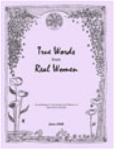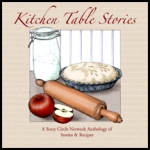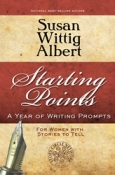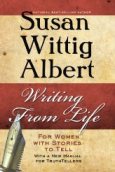My ears ache from wearing head phones and I’m getting tired of listening to my own voice. What am I doing? I’m narrating my memoir, Walking Nature Home, for the audio version to be released late this year. So far, I’ve read three chapters. Each one takes about a day, even though the finished length of each chapter is only somewhere between 40 and 45 minutes. With nine chapters total, I figure I need six more good reading days to finish.
What takes so long? Getting it right. The actual read of a chapter takes somewhere between an hour and a half and two hours. When I stumble over a word, or get the tone or emphasis wrong, or make another error–or a loud motorcycle goes by outside–I start the sentence over again. Sometimes I go back to the beginning of a paragraph if that makes a “cleaner” break to make sure I haven’t changed the tone or volume of my voice.
I could record at a real studio, but I’d rather spend those hours in the comfort of my own office, sitting at a microphone table designed and made out of scraps by my sculptor husband, Richard. My office isn’t soundproof, but by using a homemade foam baffle (thank you for that too, Richard!) and a directional mike (a Blue Yeti USB mike that plugs right into my Mac laptop, for those who want to know the technical stuff), it does pretty well, except for the occasional passing ya-hoo with a loud vehicle. That round black screen in front of the mike in the photo above, by the way, is to soften the explosion of sound that comes with ‘P’s and other hard consonants. It looks weird, but is very effective.
The rough edit takes about twice times as long as the read time, which means three to four hours of careful listening, deleting each bad or duplicate part of the soundtrack and pasting the two cut edges together, just the way we used to do with real tape and a razor blade back in the days before recordings went digital, listening carefully to the mend, and then moving on… I do the rough edit myself using Garageband, Apple’s nifty–and surprisingly powerful–audio editing program that came free with my Macintosh. It works just like the sound boards I’ve used in real studios. (That’s Garageband above, with me reading the opening of Chapter Three on the sound track.)
What does this have to do with writing? These hours at the mike and listening with the headphones remind me of why reading your work aloud is one of the best editing techniques around. I’m hearing Walking Nature Home anew: the tone of the words, the cadence and rhythm of the sentences and paragraphs, the flow of the story itself. And even after editing it dozens and dozens of times, even after the editors at University of Texas Press went over it with their careful eyes, even though it’s in print, I hear things I could do to improve the writing.
That’s the magic of hearing your work, of reading it out loud and listening crically. Looking at your writing on paper or on screen is useful; hearing it is entirely different. It sounds new, and thus you notice things you otherwise wouldn’t.
You don’t need my quick-and-dirty home recording studio to do it. All you need is a quiet space–a room with a door that shuts, or a time when no one else is around to interrupt you. Pick up your writing, put on your best storytelling or reading voice, clear your throat, sit up straight, and read. Don’t rush it and don’t dramatize, just read your words with the respect they deserve. And listen. When you notice something that doesn’t sound right, stop and make a note. Then pick up your writing and start reading again. You’ll be surprised at what you hear.
P.S. What is surprising me as I record Walking Nature Home? It’s pretty darn good!





